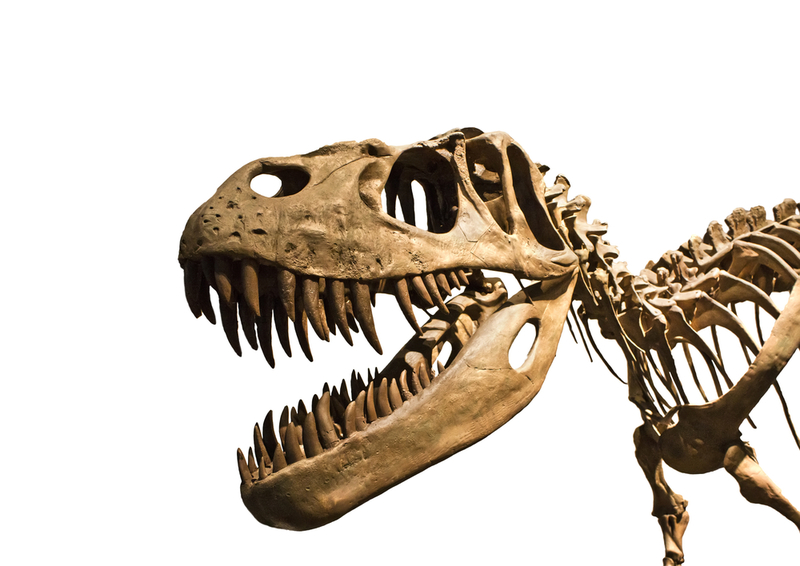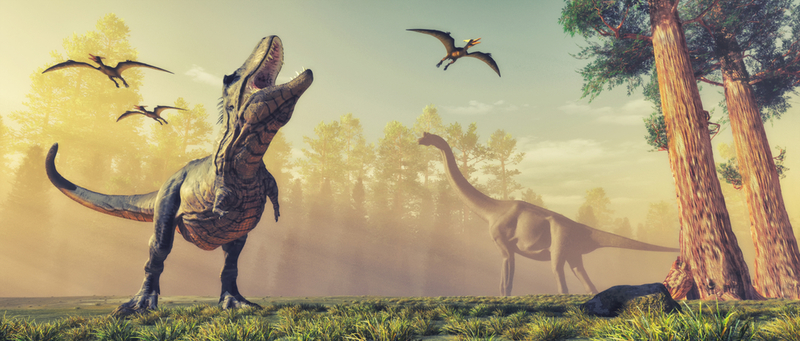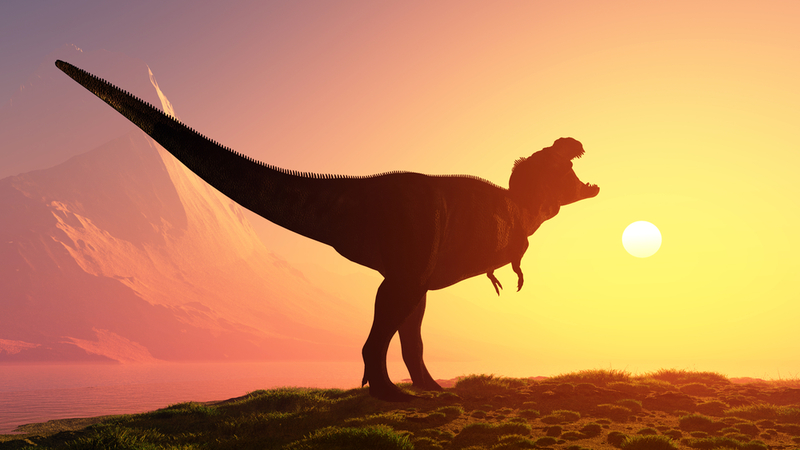
Members of the Allosaurus Group are theropods. This means that they used to walk on their two hind legs with three toes. Their front hands were smaller and shorter, just like the ones you’d find on a T-Rex. They existed during the Late Jurassic period and had hollow bones. (Just like birds!) So far, uncovered Allosaurus fossils have been incomplete. The best allosaurus model was made from two partial skeletons and various remains uncovered over the years.

Before its extinction, this Jurassic dino used to roam North America. Modern-day Wyoming, Colorado, and Utah used to be this beast’s kingdom. It was located at the top of the food chain, hunting large prey (Diplodocus, Stegosaurus, etc.) and having no natural predators. This Allosaurus may have had shorter arms, but each arm ended with three razor-sharp claws. Its huge jaws were adorned with 80 intimidating teeth, making it a perfect killing machine. While this dinosaur does share some common traits with the famous T-Rex, the latter is about double the size of the former and it only appeared 70 million years later.

So far, only two nearly-complete skeletons have been uncovered. They were given the names DINO 11541 (which was found in 1990 in Utah) and MOR 963 (which was found a year later in Wyoming). For a long time, the two specimens were thought to have belonged to the same species — Allosaurus Fragilis. Upon closer inspection, however, scientists were able to re-classify them. They noticed the short, narrow skull had indications of horns located in front of the beasts’ eyes, which means they belong to the Allosaurus Jimmadseni. Thanks to that discovery, it turned out that the Fragilis had a better field of view, and was a better-evolved version of the Jimmadseni.